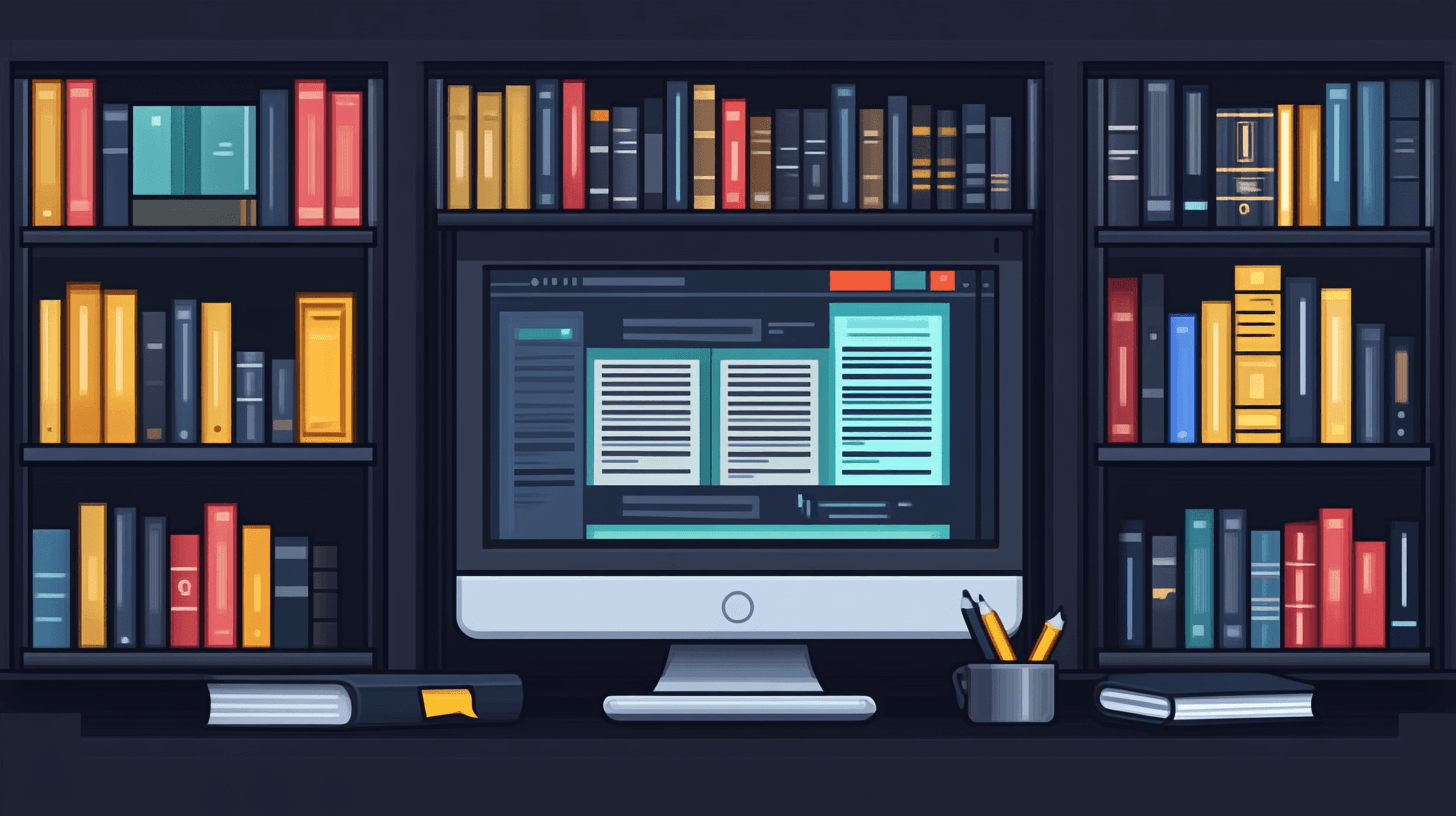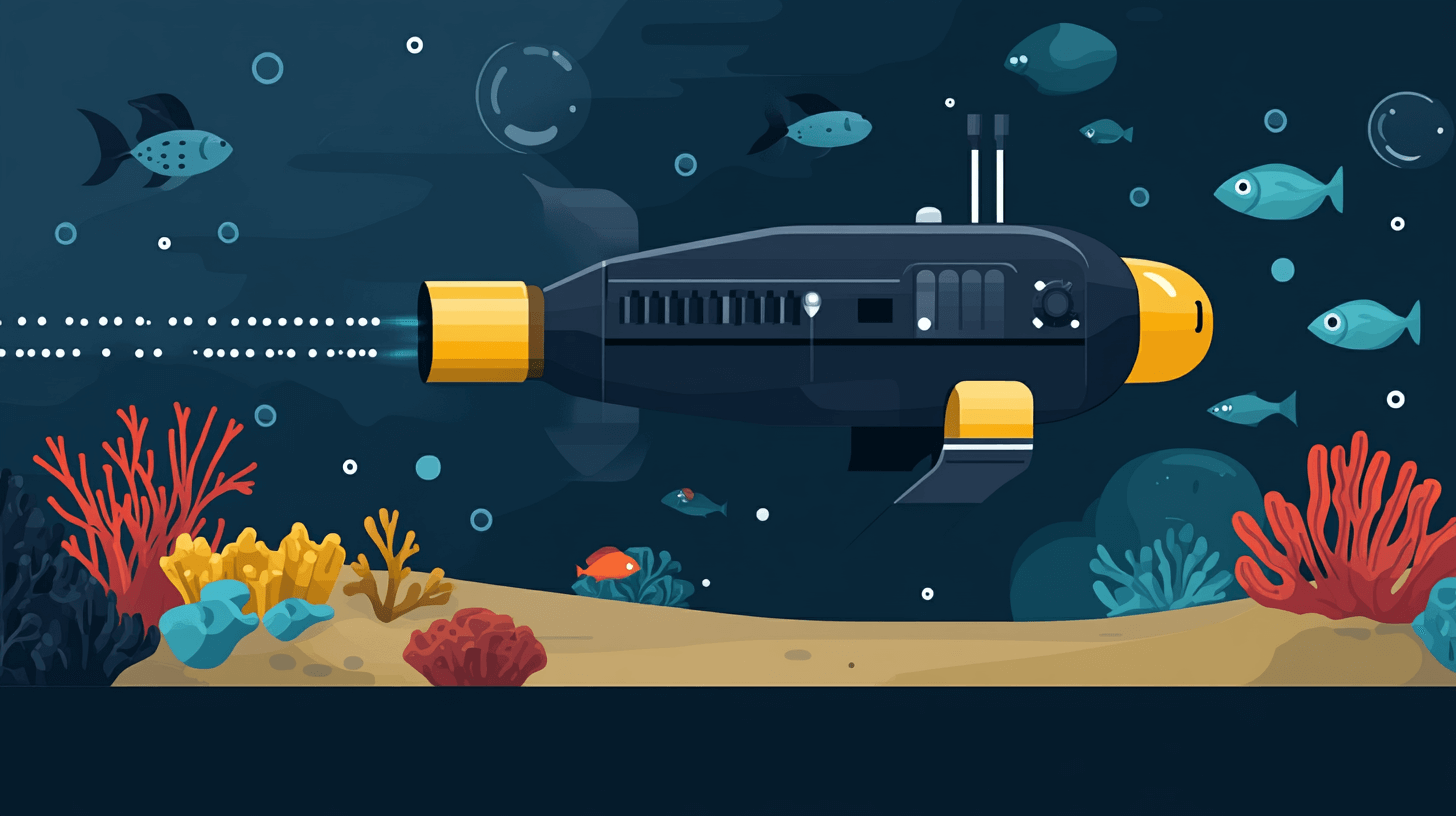
The Top 6 Benefits of AI for Industrial 3D Printing
October 19, 2021 - Emily Newton
Revolutionized is reader-supported. When you buy through links on our site, we may earn an affiliate commission. Learn more here.
The idea of additive manufacturing, known more commonly today as 3D printing, isn’t new. The first mention dates back to Japan in 1981. Hideo Kodama, in an effort to quickly prototype new ideas, used a layered print made from photosensitive resin that hardened when exposed to UV light. Today, 3D printing comes in all shapes and sizes. The methods include that photosensitive UV resin layering that started it all. However, systems can also printing in plastics, cementand even high-temperature mediums like molten metal and glass. You can make nearly anything with a 3D printer. And the added benefits of artificial intelligence (AI) make the possibilities endless.
As these printers find their niche in various industries, new techniques will emerge to ensure they can keep up with the growing demand. That’s where artificial intelligence (AI) comes into play. What are some of the benefits of AI when incorporating it into industrial 3D printing?
Sorting Through Scores of Data
The average business operating in the digital age generates massive amounts of daily data. In 2020, on average, every created 1.5 MB of data per second. Much of it is chaff — generally useless but collected nonetheless because the system generates it Still, the massive collection contains a lot of useful, and even essential, data.
Machine learning programs can sort through the swaths of data, hunting for patterns or specific things to flag. It takes a fraction of the time humans need to do the same. This makes it easier to detect patterns, especially if there are recurring print errors or quality issues. People can set up AI and its accompanying machine learning programs to do just about anything. The more data they’re introduced to, the smarter they become.
It’s Easy to See the Benefits of AI in Automation
Automation is beginning to take over many mundane and repetitive tasks in the manufacturing industry. This progression opens new opportunities for employees normally filled these roles. In additive manufacturing, AI-powered manufacturing allows humans to step back from some steps in the process. Automation works with many aspects of industrial 3D printing, from material selection to data collection. Some AI systems even handle some of the planning stages, depending on their programming.
Remember those machine-learning programs we mentioned a minute ago? These systems are excellent automation candidates. They still require some human oversight. However, if problems arise or there are things to address, a well-programmed AI system can adapt to these problems and make the necessary tweaks. AI programs won’t take over the design and manufacturing process any time soon. W still need the human element of creativity for these steps. But AI can manage small problems before they become big ones.
Working With New Materials
3D printing is appearing in nearly every industry. Even so, some sectors, like the aerospace industry or the military must continue using some conventional methods. That’s because they often use high-performance materials. Some experience high temperatures require careful production to mitigate errors that could cause devastating accidents. These calculations can happen manually. But, that’s time-consuming. One wrong integer could put the entire product line in jeopardy.
Introducing AI into the production process can solve many of these problems. It enables a system to fine-tune the necessary parameters vianetworked sensors and the Industrial Internet of Things. One of the benefits of AI is that it can carry out multiple calculations quickly, exponentially faster than any human engineer can through manual computations.
Offering Industry Optimization
Optimization is challenging in any manufacturing setting, and 3D printing is no exception. The concept for the technology may have been around since the 1980s, but it’s only recently that our imagination has caught up with our abilities so there is still some room for improvement. Optimization can come in a variety of forms, from improving the hardware so there are fewer print errors and less waste, to choosing more sustainable or eco-friendly materials to reduce the industry’s use of single-use plastics that are contributing to the growing number of items in landfills that will take hundreds of years to decompose, breaking down into microplastics in the meantime.
Improving the software behind these programs will also help to optimize the 3D printing industry. It won’t eliminate the need for human interaction, but it will reduce the need for reprints, recalls, and waste products because of errors that could have otherwise been prevented. They also have the ability to create feedback loops that can monitor for and automatically fix any defects as they occur, rather than waiting for them to be detected by quality control and sent back. This has the potential to prevent a lot of waste in the form of failed products.
Ensuring Continual Quality
Quality control is essential in any industry, especially for products that will be sold directly to consumers or those — like the aerospace industry or military applications that we previously mentioned, that will need additional preparation. These symptoms are custom-made to fit each system’s individual needs and can be tailor-made to integrate with exiting IIoT systems or new networked sensors that will be installed alongside the AI.
These networked systems can work in concert to create a nearly flawless system that will ensure continual quality throughout the production process. The only time when there might be a failure in quality is if there is a breakdown in the equipment, such as a clogged print nozzle, that will require human intervention to repair.
Will AI Be a Problem in 3D Printing?
Artificial intelligence is followed by an often unearned negative reputation thanks to its portrayal in popular media. We’ve been conditioned to be afraid of this technology because if it’s allowed to develop and become self-aware, gaining its own sentience, it will ultimately turn on its creators, inevitably leading to the end of the world. This makes for great fiction, but we are so far away from a self-aware AI that is capable of passing the Turing test — and end the world — that it’s not something that anyone should worry about anytime soon.
AI and automation are also being blamed for stealing jobs, especially those of entry-level workers or those who spend their time working on what would otherwise be considered unskilled labor. While it is true that AI and automation can be valuable tools for handling repetitive or mundane tasks, the benefit of AI and automation is that it makes the work easier and more efficient, freeing up these workers for bigger and better opportunities. They can also help to reduce on-the-job injuries by taking over anything that could cause repetitive stress injuries in soft human bodies.
The Benefits of AI Are Clear in 3D Printing
The benefits of AI are clear; artificial intelligence is the future. There is no arguing that fact now, especially with so many industries beginning to adopt this technology to make their own lives easier. We will likely start seeing AI and machine learning programs in unlikely places — and that includes the 3D printing industry. These sectors are also in their relative infancy, and we’re just beginning to see what they could potentially offer.
3D printing is going to become a mainstay in manufacturing, even if it doesn’t look like the plastic filament-style printing that most of us are familiar with. As it makes its way into industries that require closer clearances, high-end materials, and better temperature resistances, AI will take the place of more traditional 3D design and programming.
Revolutionized is reader-supported. When you buy through links on our site, we may earn an affiliate commission. Learn more here.
Author
Emily Newton
Emily Newton is a technology and industrial journalist and the Editor in Chief of Revolutionized. She manages the sites publishing schedule, SEO optimization and content strategy. Emily enjoys writing and researching articles about how technology is changing every industry. When she isn't working, Emily enjoys playing video games or curling up with a good book.






